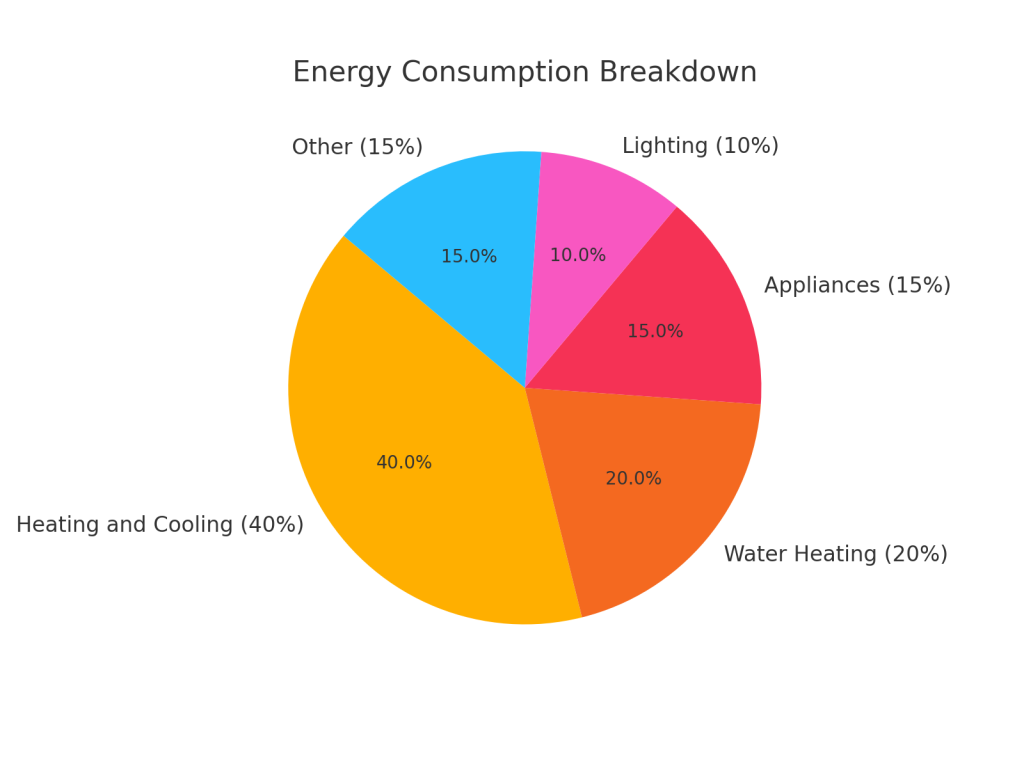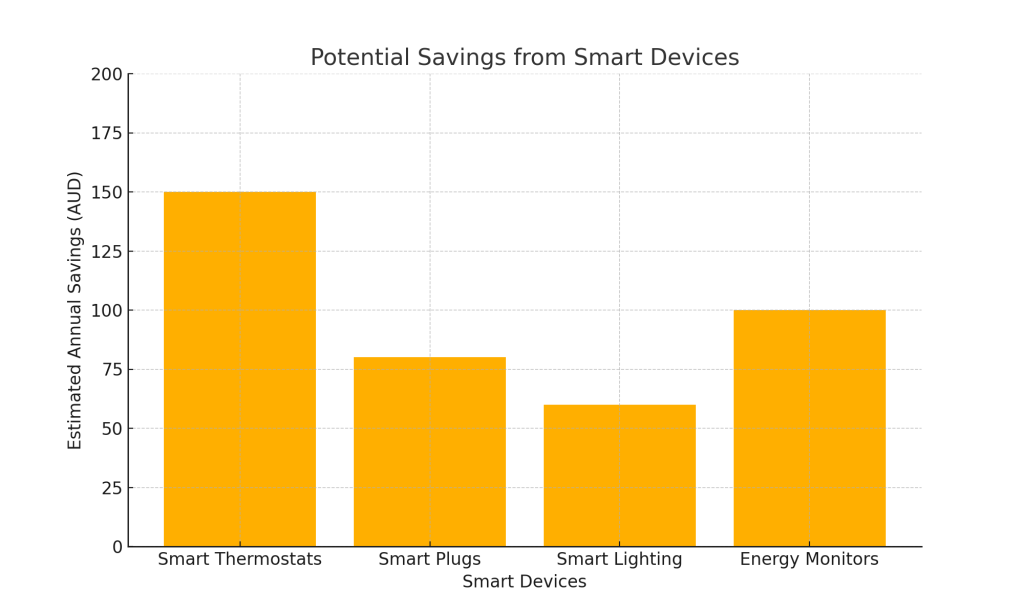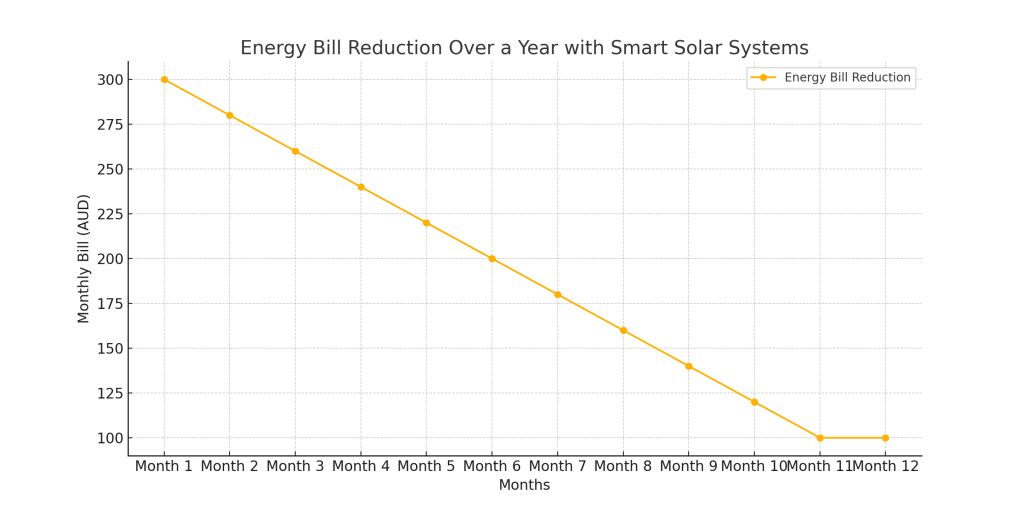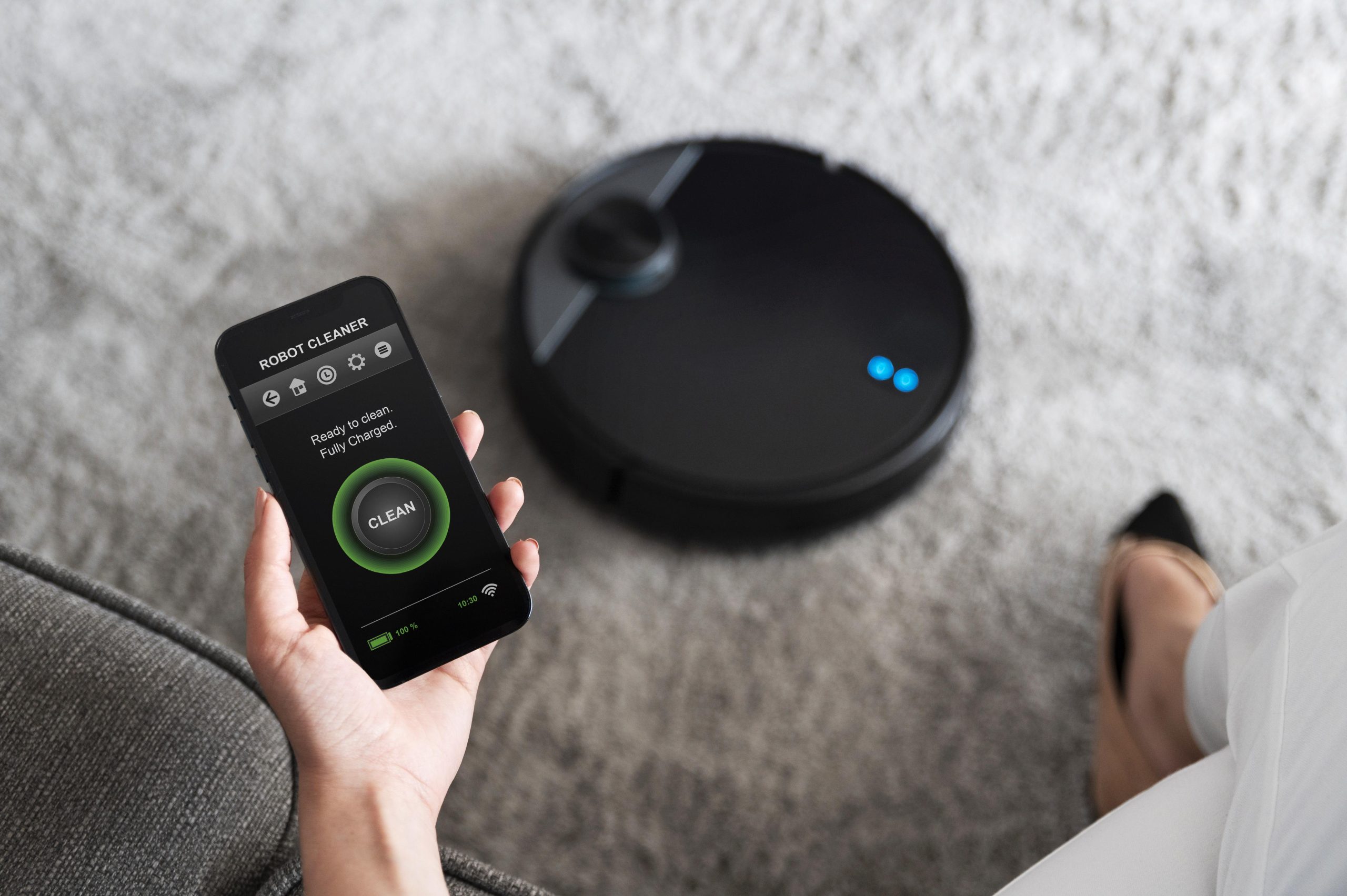As energy costs continue to rise, Australian households are feeling the pinch. However, technology offers a powerful solution to cut down on energy consumption and save money. Smart home devices are revolutionising how we manage our energy use, offering convenience and efficiency like never before. From smart thermostats to energy-monitoring plugs, these gadgets are tailored to modern living, helping households reduce their carbon footprint and ease the financial burden of electricity bills. Here’s a comprehensive guide to saving on energy bills using smart home technology.
1. The Role of Smart Home Devices in Energy Savings
Smart home devices allow you to monitor and control your energy usage with precision. These gadgets work by optimising the use of energy-intensive appliances, automating processes, and providing real-time feedback on consumption. For Australians, where heating and cooling account for a significant portion of energy bills, adopting smart devices can lead to substantial savings. Moreover, many of these devices are compatible with renewable energy systems like solar panels, further reducing reliance on the grid.
Key Tip
Invest in devices that integrate with your existing appliances to maximise energy efficiency.
2. Smart Thermostats: Control Temperature, Cut Costs
Heating and cooling systems are among the biggest contributors to household energy bills. Smart thermostats like Google Nest and Ecobee allow you to control your home’s temperature remotely and set schedules based on your routine. These devices learn your preferences over time and automatically adjust to maintain comfort while reducing energy waste. For Australian homes, particularly in regions with extreme temperatures, this can make a noticeable difference in both comfort and cost.

Key Tip
Set your thermostat to 18–20°C in winter and 24–26°C in summer for optimal energy savings.
3. Smart Plugs and Power Strips: Stop Standby Power Waste
Standby power, or phantom load, occurs when devices consume energy even when turned off. Smart plugs and power strips can eliminate this unnecessary consumption by automatically cutting off power to idle devices. Brands like TP-Link and Belkin offer models that sync with your smartphone, allowing you to monitor and control plugged-in appliances remotely. This is particularly useful for Australian households where multiple devices are left plugged in throughout the day.
Key Tip
Use smart plugs for high-energy devices like TVs and gaming consoles to maximise savings.
4. Smart Lighting: Energy Efficiency at the Flick of a Switch
Switching to smart lighting systems like Philips Hue or LIFX can significantly reduce energy costs. These LED-based systems consume far less energy than traditional bulbs and can be controlled via apps or voice assistants. Features like motion detection and scheduling ensure lights are only used when needed. In Australia, where daylight hours vary greatly across seasons, smart lighting helps maintain energy efficiency year-round.
Key Tip
Set lights to automatically turn off during daylight hours or when no one is in the room.
5. Energy Monitoring Devices: Track Usage in Real Time
Understanding your energy consumption is the first step to reducing it. Energy monitoring devices like the Sense Energy Monitor or Enphase Enlighten provide real-time insights into how and when energy is being used in your home. These tools can identify energy-hogging appliances, allowing you to take corrective action. For Australians using solar panels, monitoring systems also track solar energy production and usage, ensuring you maximise renewable energy.

Key Tip
Pair energy monitors with your smart devices to create a comprehensive energy-saving ecosystem.
6. Smart Appliances: Efficiency Built In
Many modern appliances come with smart features designed to optimise energy use. From refrigerators that adjust cooling based on usage patterns to washing machines with eco-modes, these appliances make it easier to save energy without compromising performance. While the initial cost may be higher, the long-term savings on energy bills often justify the investment. In Australia, look for appliances with high energy star ratings for added assurance.
Key Tip
Schedule high-energy tasks like laundry or dishwashing during off-peak electricity hours to save more.
7. Integrating Smart Home Hubs for Seamless Control
Smart home hubs like Amazon Echo, Google Home, or Apple HomeKit centralise control of your smart devices. These hubs make it easier to manage energy use by allowing you to automate tasks and monitor your entire smart ecosystem from a single platform. For Australian households, integrating smart hubs can simplify the adoption of multiple devices and enhance overall energy efficiency.
Key Tip
Create routines via your smart hub, such as turning off all devices when you leave home.
8. Solar Integration with Smart Devices
Australia is a leader in solar energy adoption, and integrating smart devices with solar systems can amplify savings. Smart inverters and battery management systems work in tandem with your solar panels to optimise energy use and store excess power for later. These systems can prioritise running appliances during peak sunlight hours, reducing dependence on the grid and lowering your electricity bills.

Key Tip
Use solar energy monitors to track production and consumption, ensuring maximum efficiency.
9. Rebates and Incentives for Smart Devices in Australia
Australian households can take advantage of government rebates and incentives to offset the cost of smart devices. Programs like the Small-scale Renewable Energy Scheme (SRES) provide financial support for energy-efficient installations, including solar panels and certain smart technologies. Additionally, some states offer rebates for upgrading to energy-efficient appliances or lighting systems.
Key Tip
Check with local energy providers or government websites for rebates and subsidies available in your region.
10. Benefits Beyond Savings
While the financial benefits of smart devices are clear, the advantages extend beyond cost savings. Smart home technology contributes to a more sustainable future by reducing energy waste and greenhouse gas emissions. It also enhances convenience and comfort, providing Australian households with greater control over their living environments. By investing in smart devices, you’re not only saving money but also making a positive impact on the planet.
Conclusion
Smart home devices offer a practical, modern solution for reducing energy bills while enhancing convenience and sustainability. From thermostats and smart plugs to energy monitors and solar integrations, these technologies empower Australian households to take control of their energy use. By making the switch, you can enjoy significant savings, a smaller carbon footprint, and a more comfortable home. Start small, explore government rebates, and build your smart home ecosystem one device at a time. The investment will pay off in both financial and environmental terms.



